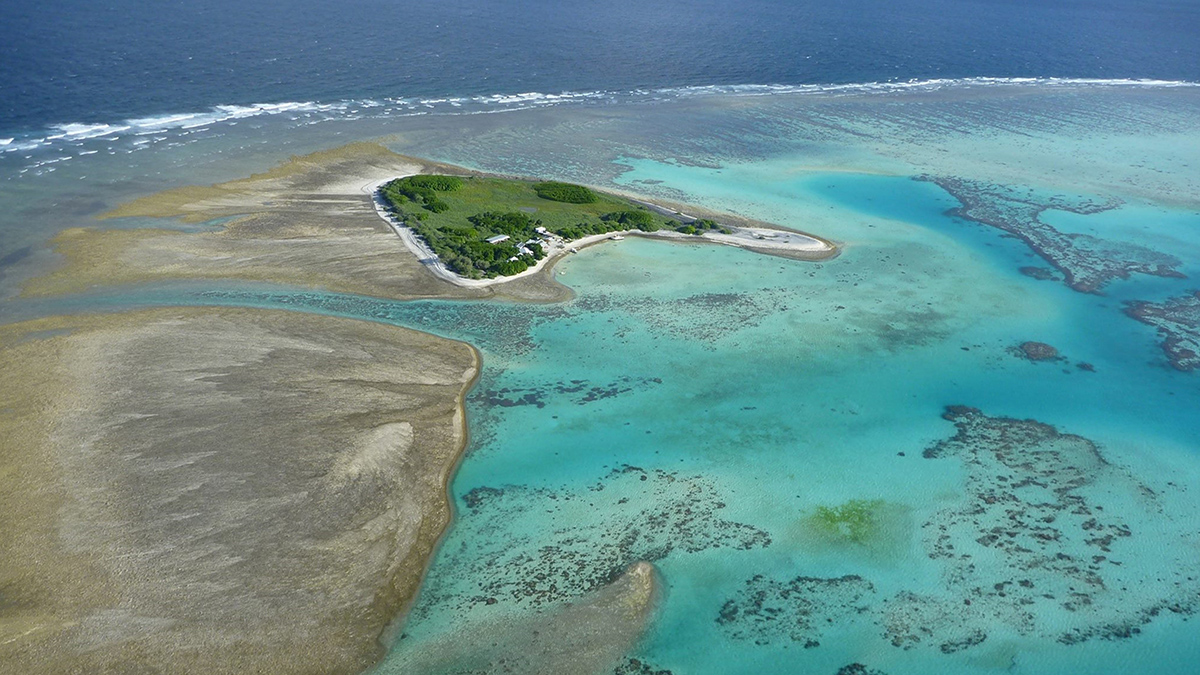Extreme heat pushed even resilient corals in the Great Barrier Reef to the brink, limiting recovery.
Anupama Chandrasekaran
Posted inNews
Corals Are Simplistic When Conditions Are Acidic
Increasing ocean acidity could spell trouble for fish that depend on corals’ many branches for protection.
Posted inNews
Radar Data Show Thwaites Gets a Daily Bath of Warm Seawater
The Doomsday Glacier, predicted to raise global sea level by more than half a meter, could be exposed to more warm ocean water than previously thought.



